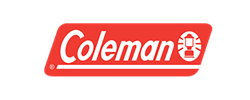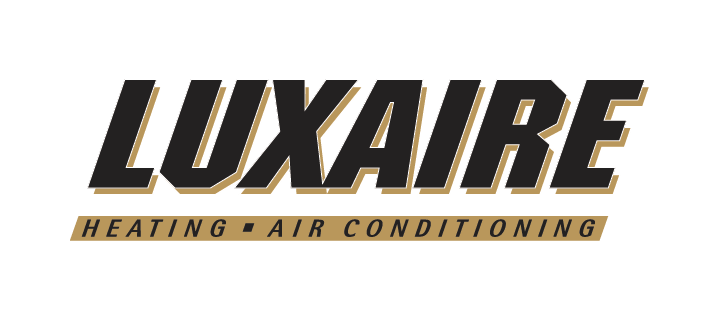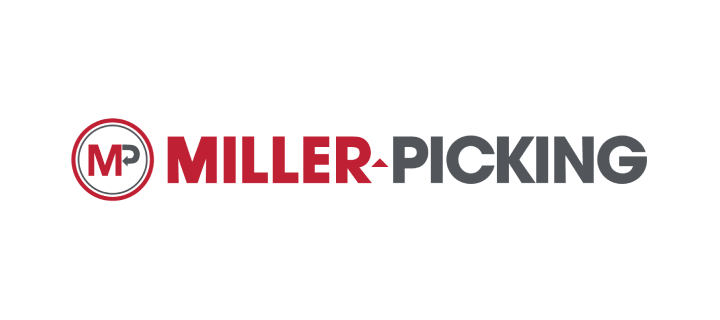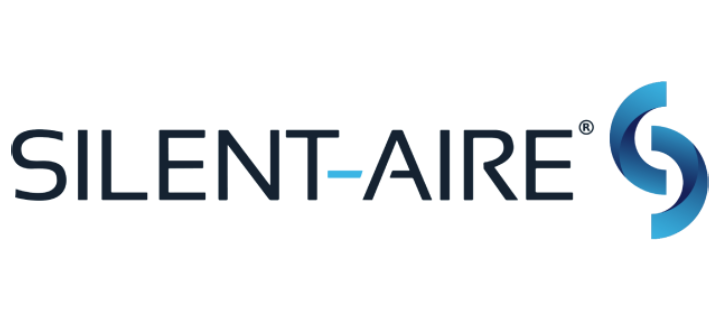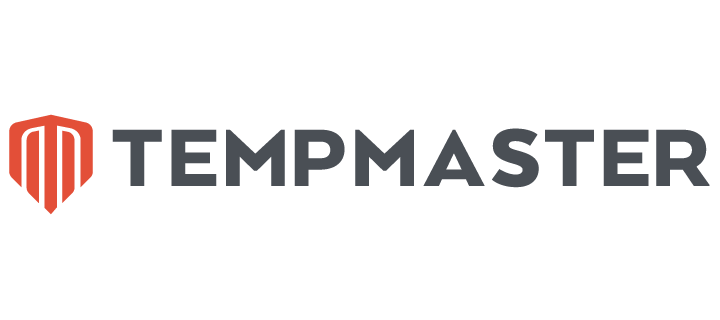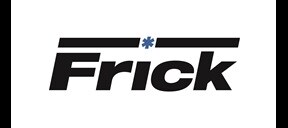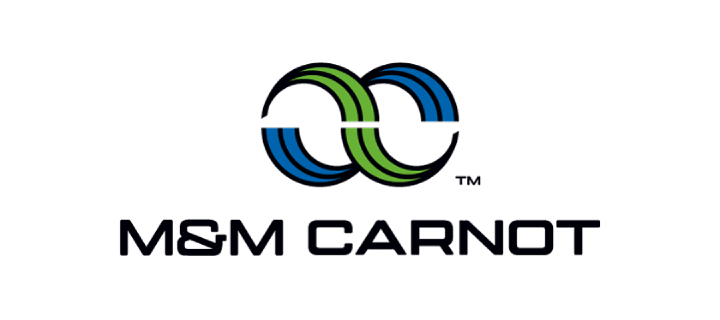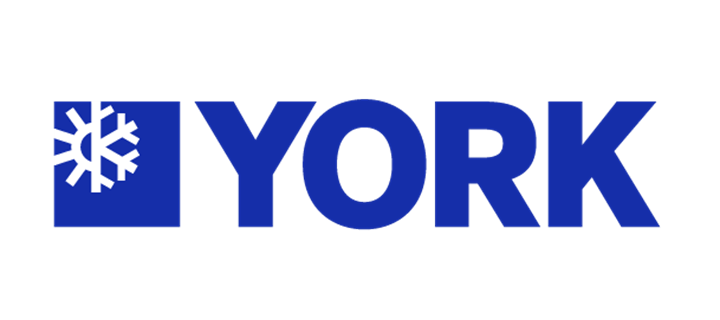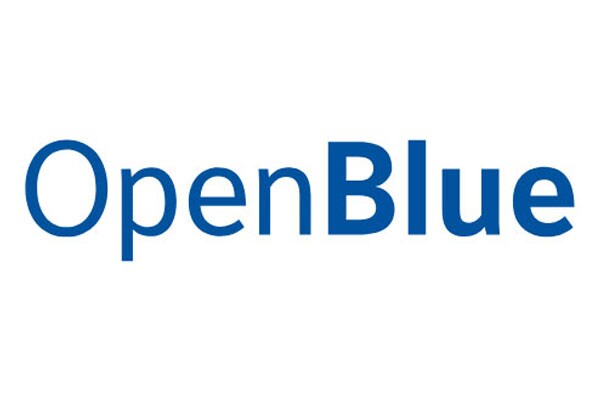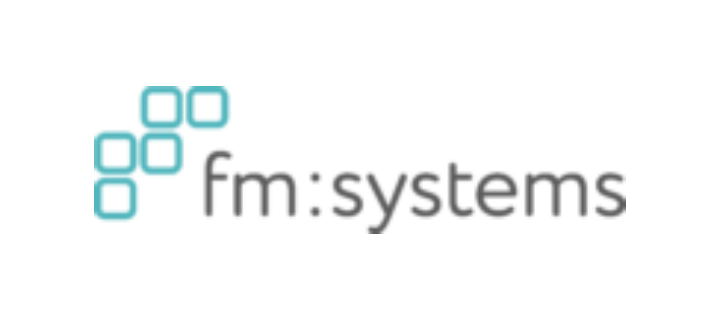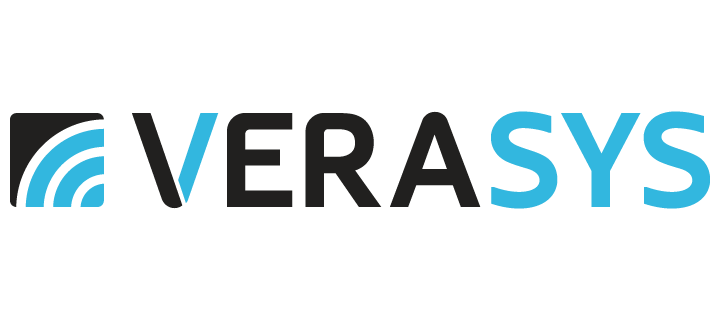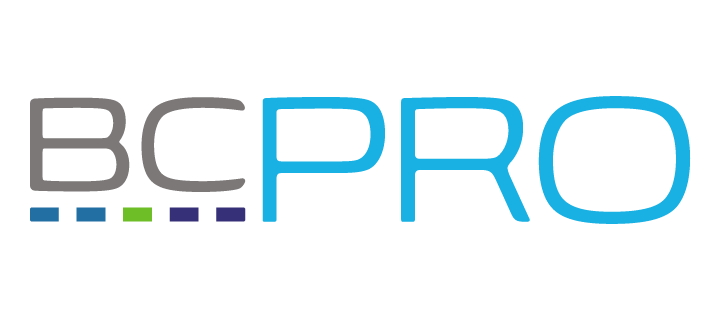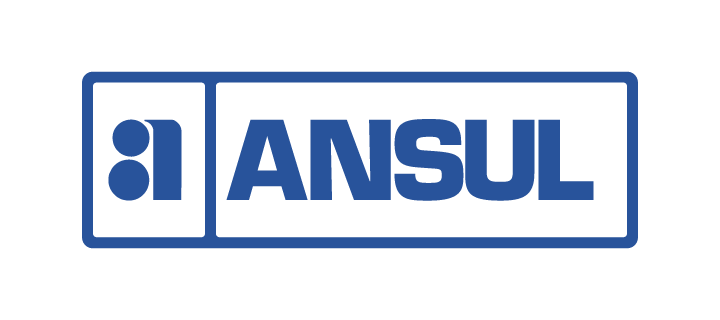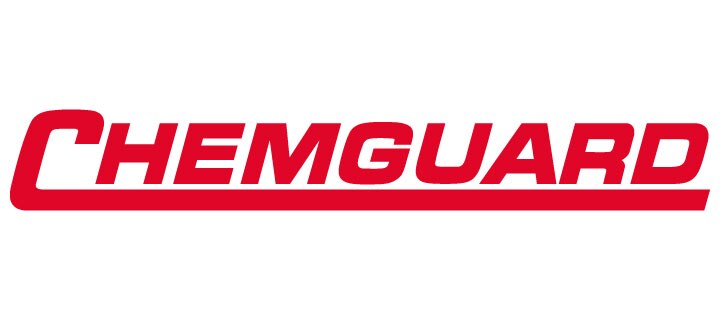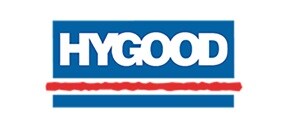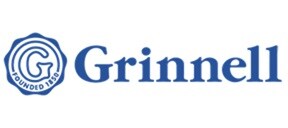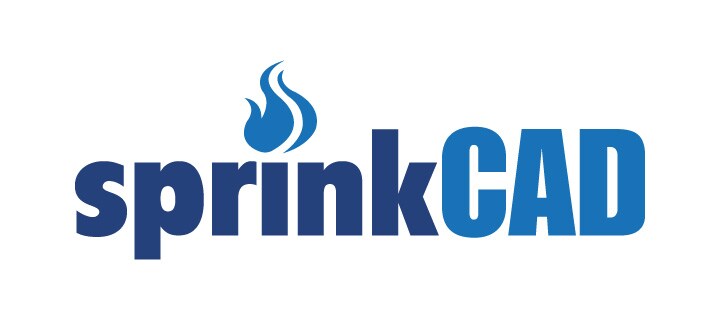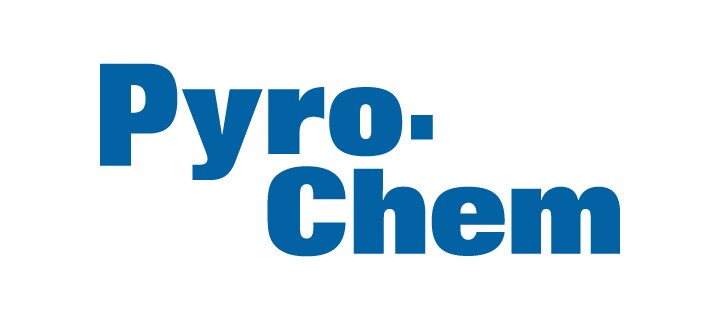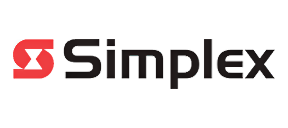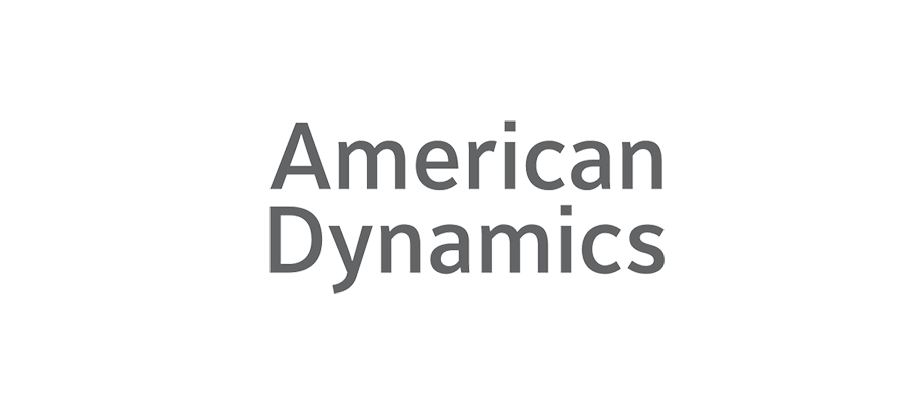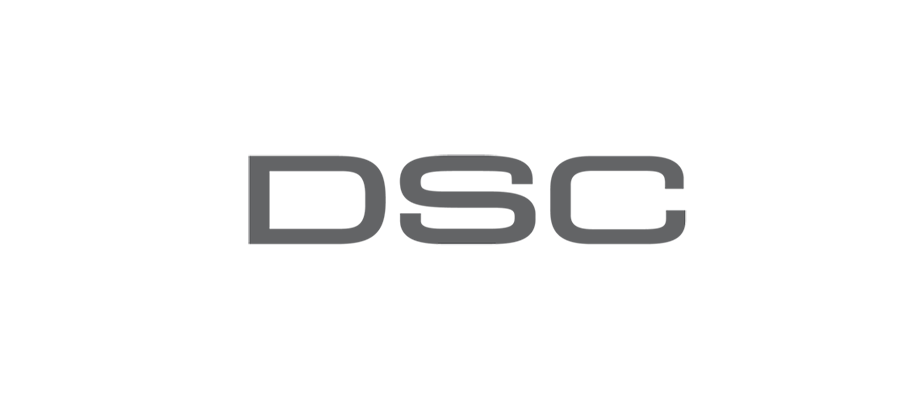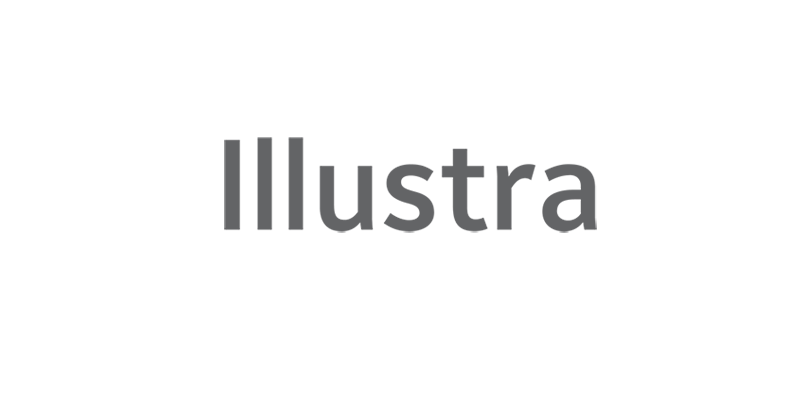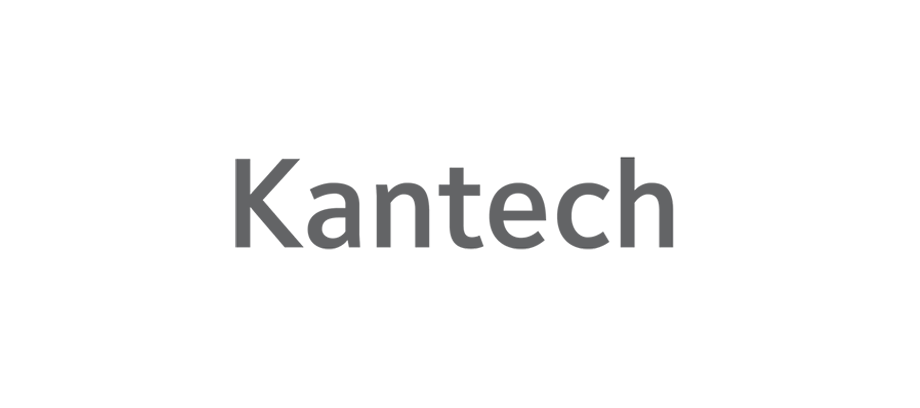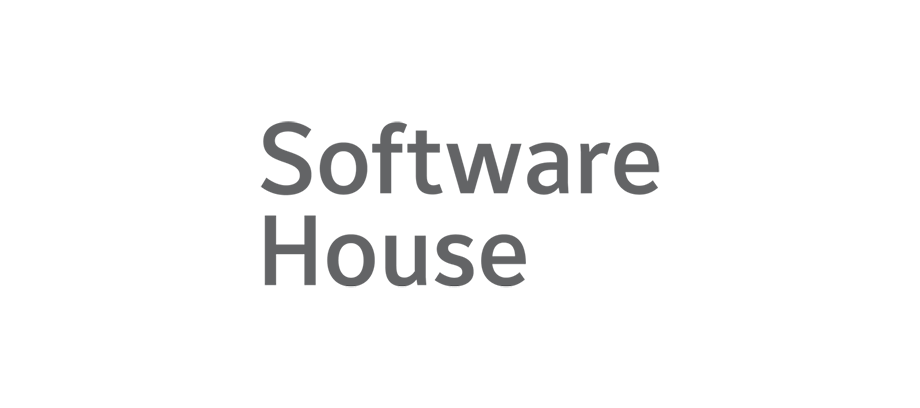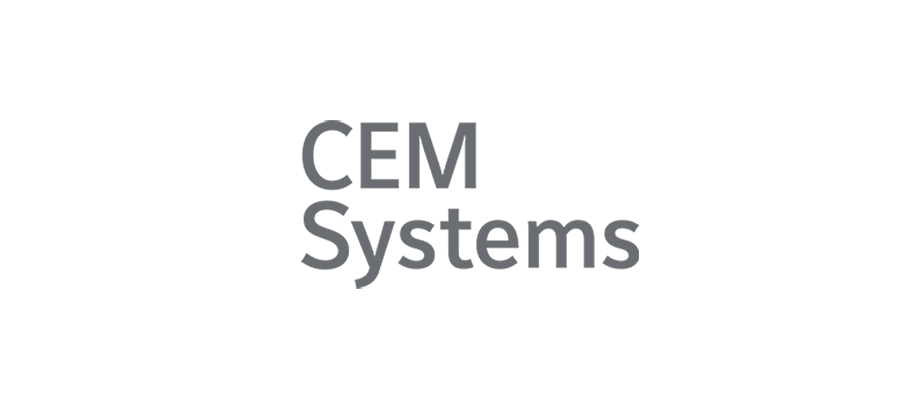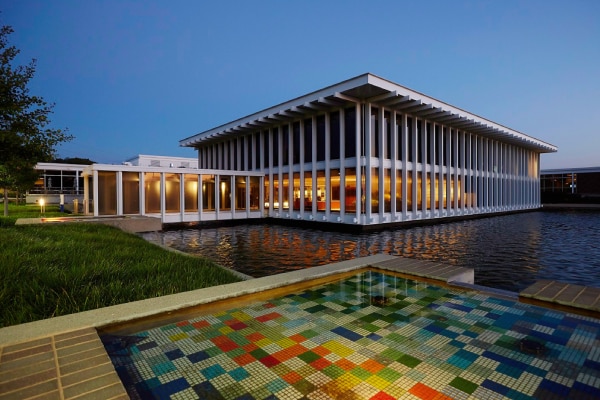Office space that keeps up with your office pace
Three questions to ask when managing workspaces in an evolving landscape.
As more companies mandate a return to the office, workplace technology is playing a crucial role in making the transition smooth, efficient and productive. Do you have enough space? Is the space you have being utilized? How is it being utilized? Do you have spaces your employees want? Are there any cost savings to be made?

Poorly planned office spaces can lead to inefficiency, frustration and unnecessary costs. On the other hand, an optimized workplace improves productivity, enhances collaboration and creates a safer, more comfortable environment.
By using technology, data insights and employee feedback, organizations can build workplaces that support any working model (five-day-week/hybrid etc.).
57% of business leaders say employees are now working in the office five days a week, up from 48% last year1
1. How can I transform workplaces into smart spaces with sensors and software?
Getting the insights you need to better manage your space helps cut down on unused office space, lowers energy costs and improves resource utilization.
Software and sensors could be the answer to your questions:
- How can we accurately measure and track the teams returning to the office, how long they’re on site and how they’re spending their time? The answer? By leveraging data insights to track occupancy trends, adjust space allocation and enhance workplace efficiency with tools such as FMS:Insights
- Do we have enough space for everyone to be in the office? With dynamic space planning, organizations can create flexible work environments that adapt to changing workforce needs
- How can I measure actual workspace utilization? Leverage IOT Occupancy Sensors to see using real-time occupancy and utilization views.
- Is our space configuration fit for purpose? To maximize space, consider integrating hot-desking (with booking tools like FMS:Employee or OpenBlue Companion), shared workspaces for collaboration, quiet zones for focused tasks and tech-enabled meeting areas to connect remote and in-office employees
2. Can I uncover the real cost of your space?
Yes! Real estate is one of the most significant expenses for businesses. Underutilized office spaces result in money being wasted on rent, utilities and maintenance. Space management allows companies to identify and eliminate inefficiencies, potentially reducing their footprint to save thousands of dollars annually.
By optimizing space, businesses can:
- Reduce the need for excess office leases
- Lower energy costs with efficient layouts
- Improve asset utilization by consolidating workspace resources
Smart space planning isn’t just about maximizing space and improving the occupant experience; it’s about making every dollar count. Learn more about space optimization tools and our easy-to-use Integrated Workplace Management Solution FMS:Workplace.
3. How do I harness technology to boost productivity in the building and create productive teams?
Optimized workspaces improve productivity, enhance collaboration and create safer, more comfortable environments. Space management is not just about arranging desks; it involves planning to use every square foot of an office effectively, thereby improving efficiency.
- Impact of disorganized workspaces: A cluttered, poorly structured office can significantly impact employee productivity. When workstations feel cramped, people overbook meeting rooms, collaboration areas disappear and frustration builds. Employees waste time searching for quiet spaces, struggle to focus and experience unnecessary stress, all of which reduce efficiency
- The connection between layout and efficiency: The way an office is designed affects how employees interact, concentrate and perform tasks. A smart space layout with areas for teamwork, quiet workstations and good amenities can greatly boost workflow and morale
- Driving productivity: According to a report from JLL on solving the hybrid work puzzle, "69% of organizations have already introduced technology or will to increase in-office collaboration”. Read more about the Five Priorities for a Seamless 5-day Office Return and how to create a modern workplace that fosters engagement and productivity for all employees
With good space management strategies, businesses can create productive, cost-effective and employee-friendly workplaces. From reducing wasted space to integrating cutting-edge technology, optimizing office layouts is a win-win for building owner/tenant and employee, leading to long-term success.
The future of work is dynamic, and companies that embrace flexible, well-managed spaces will thrive. Now is the time to rethink office design and invest in a workspace that helps achieve business goals and improves employee well-being.
Keep up with the pace of your office, learn more about OpenBlue and FM:Systems solutions >
--
References
12025 Inside the Workplace survey, FM:Systems – see more here



